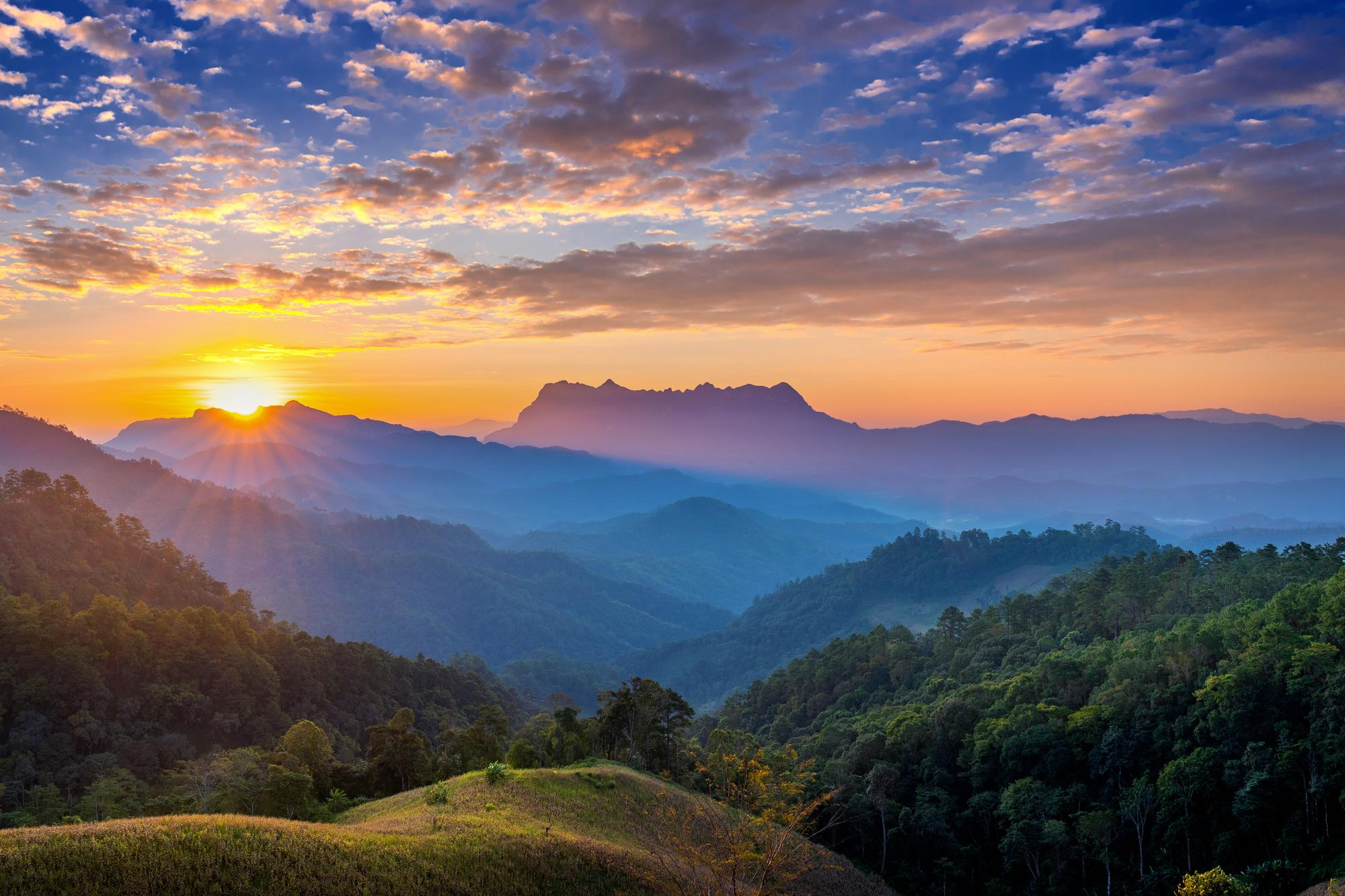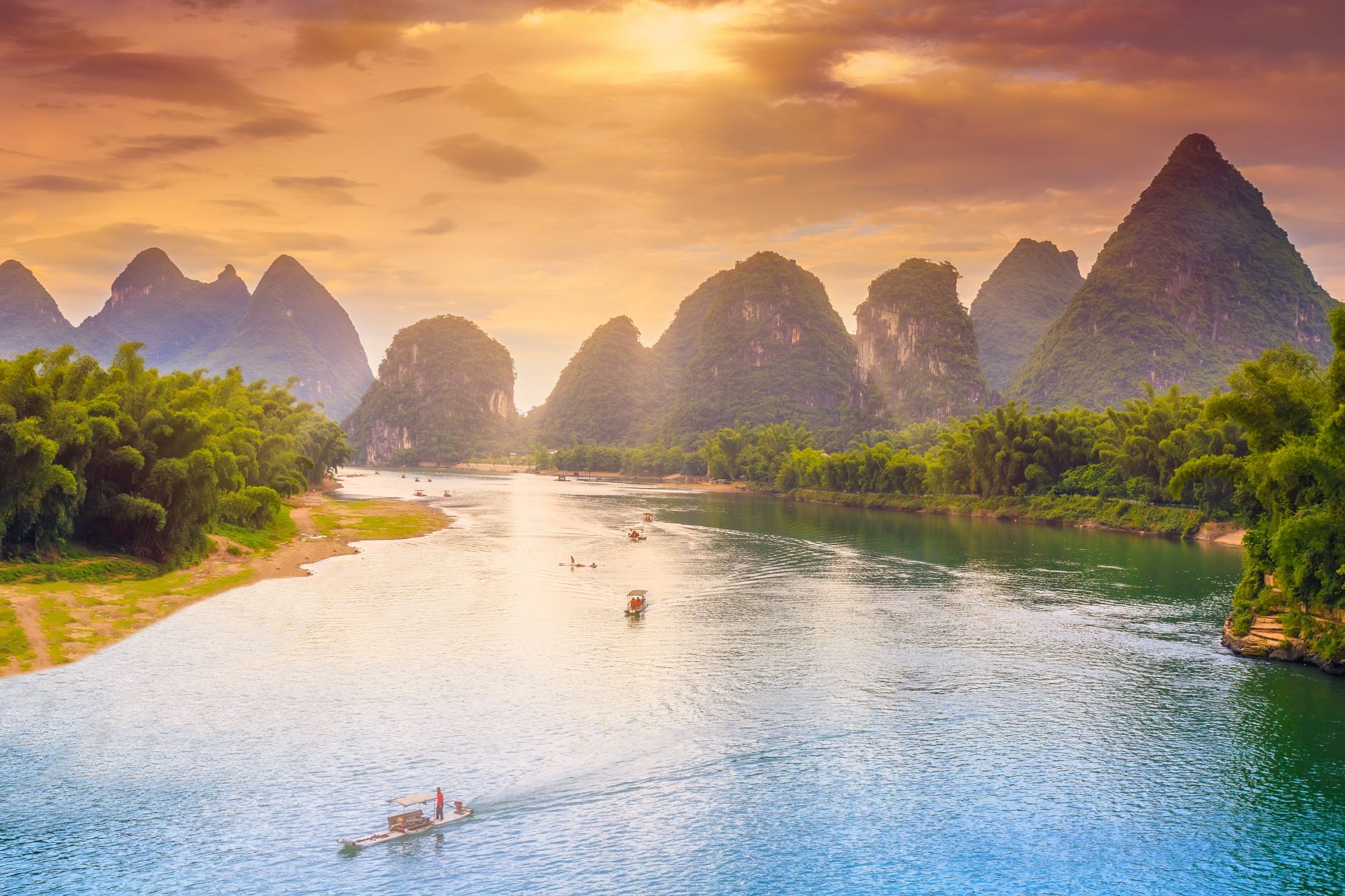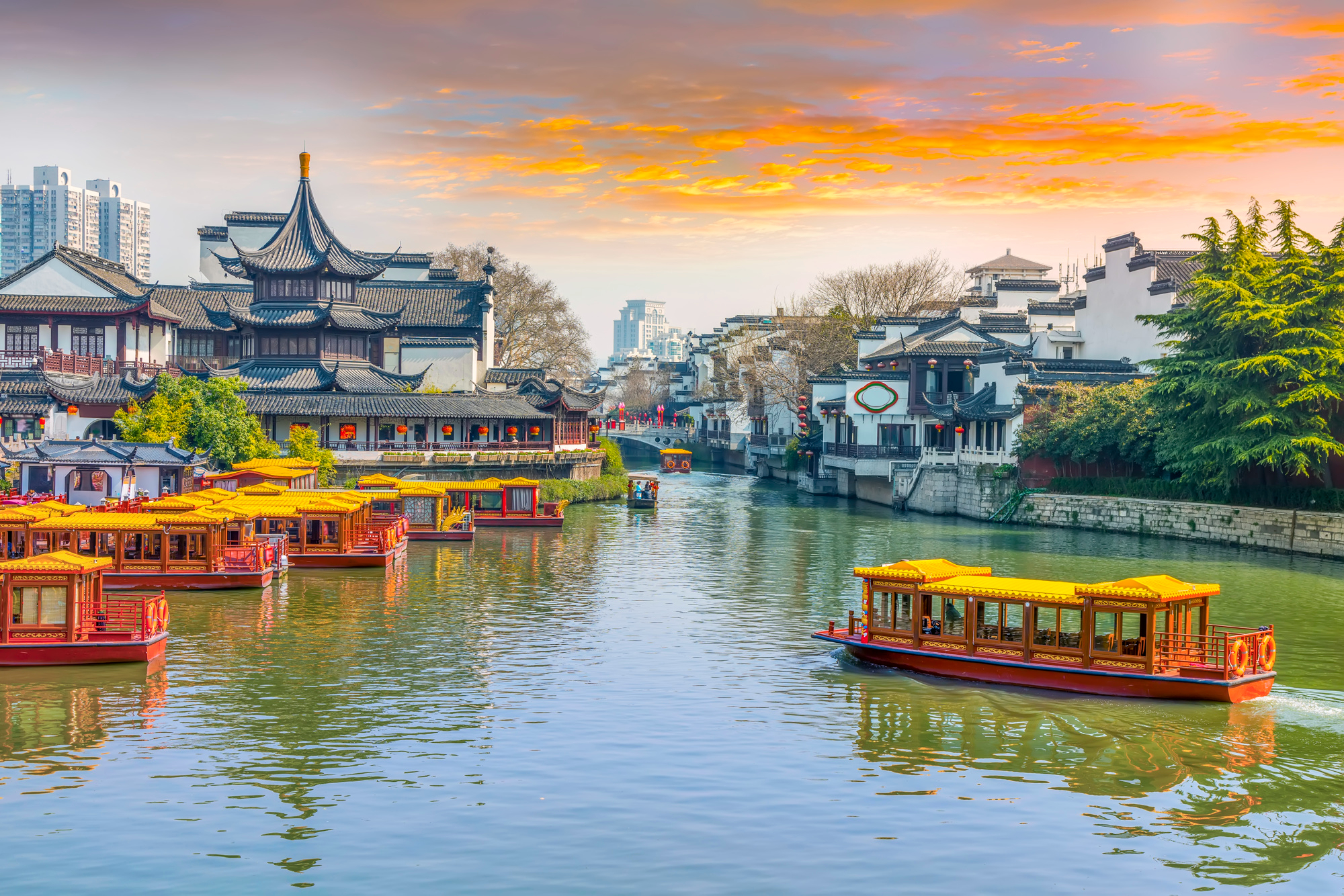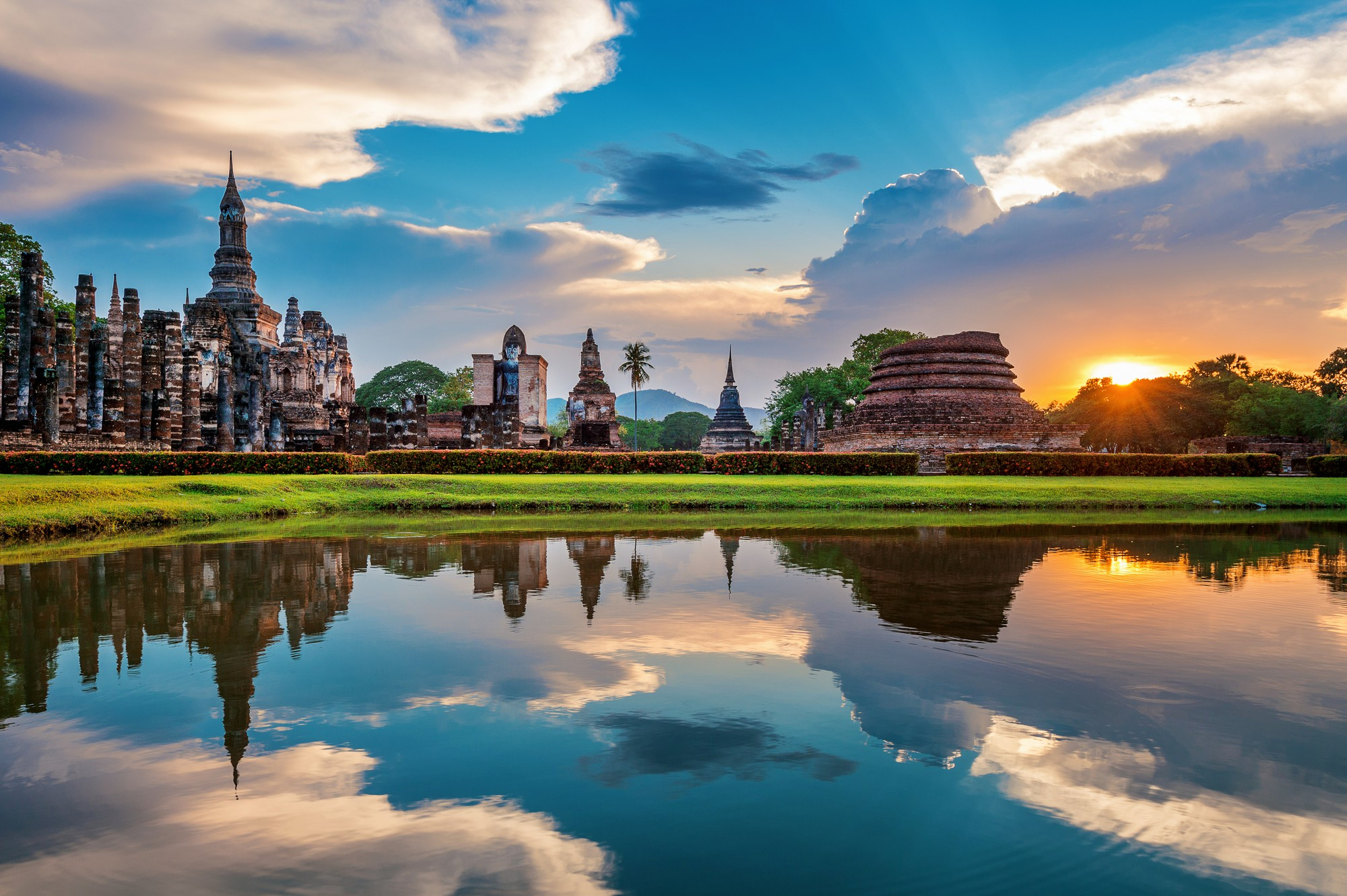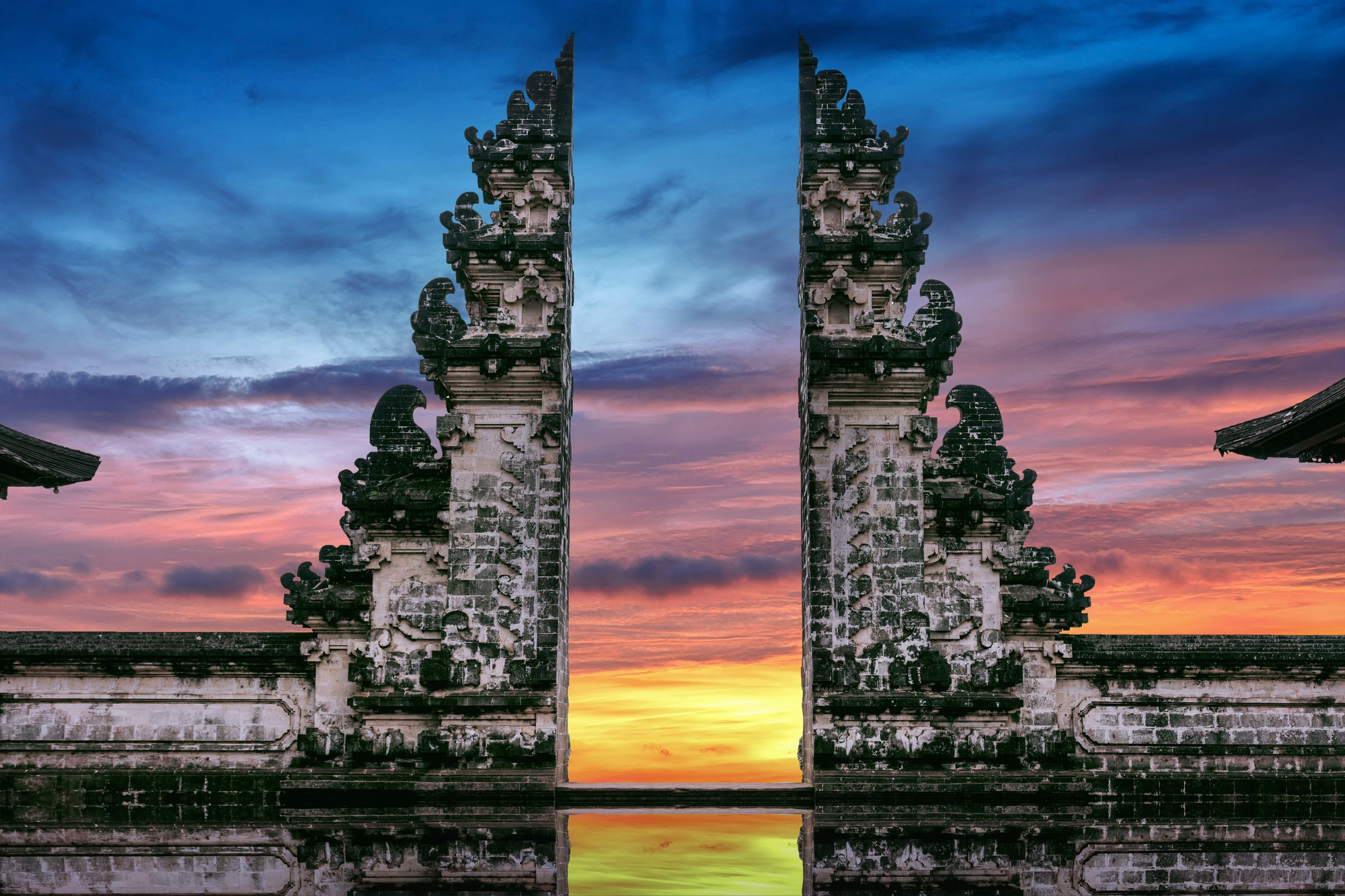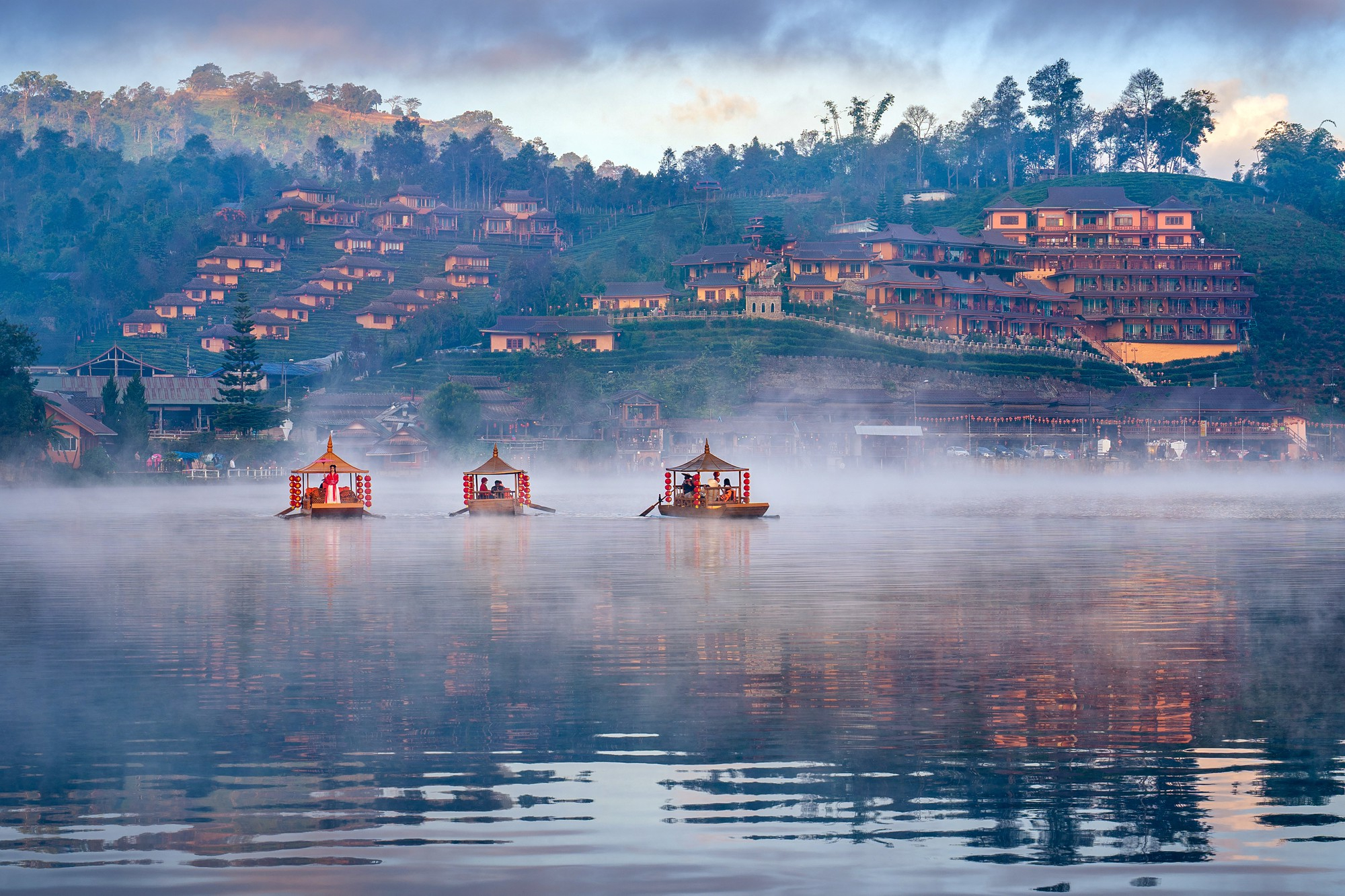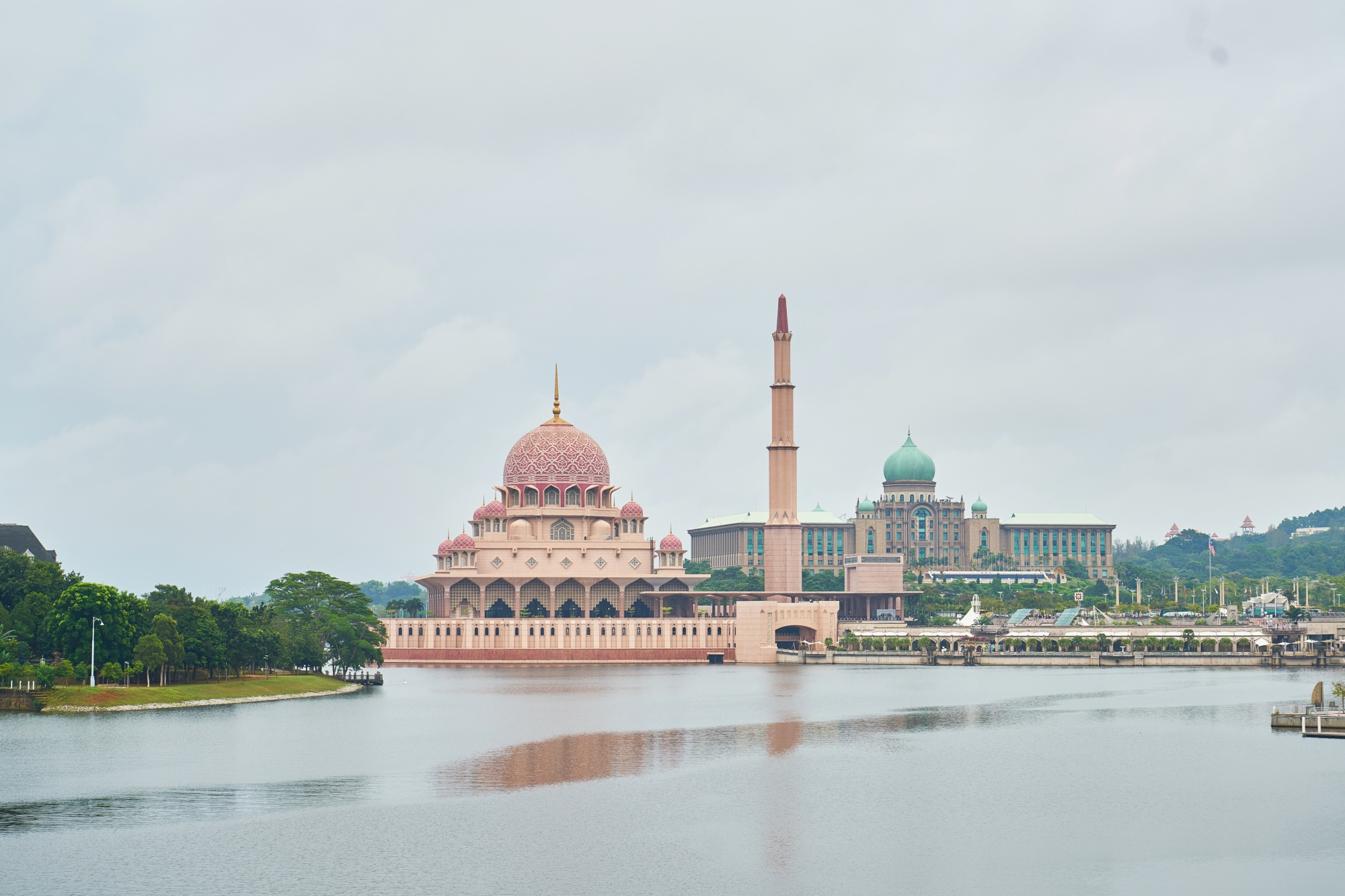ASIA
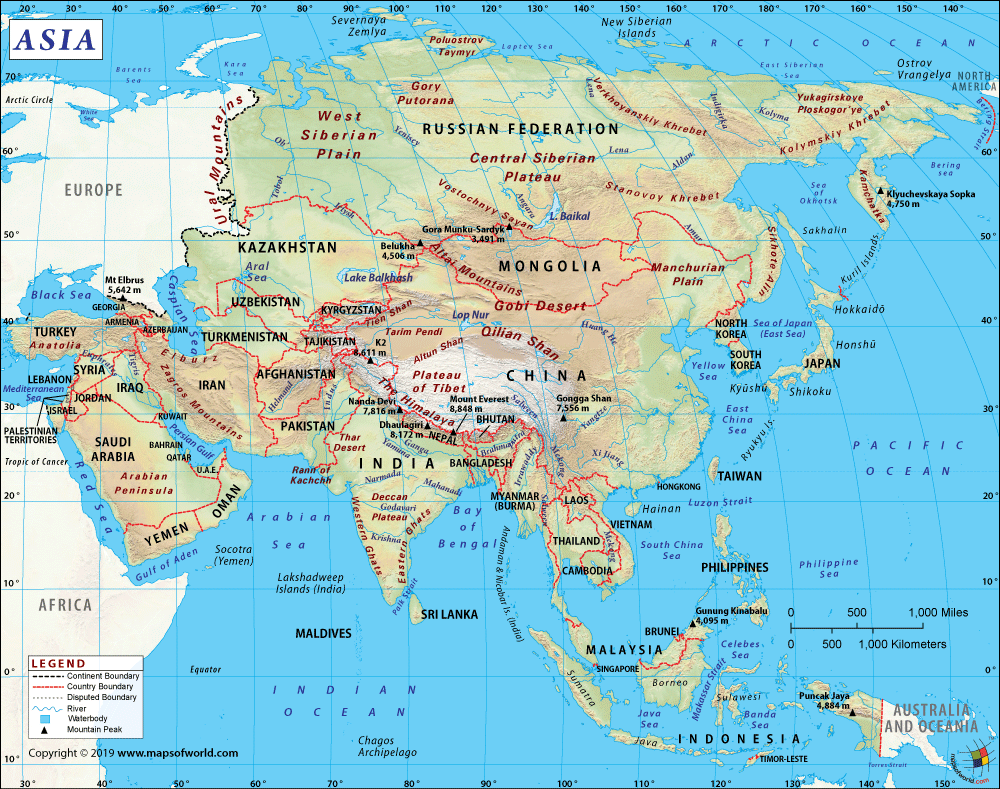
THE FIVE major regions of Asia
Southeast Asia
Thailand, Malaysia, Indonesia, Vietnam, Cambodia, Laos, Myanmar, Singapore, Brunei, Philippines, East Timor
West Asia or the Middle East
Iran, Iraq, Israel, Jordan, Kuwait, Lebanon, Oman, Qatar, Saudi Arabia, Syria, Turkey, United Arab Emirates, Yemen
South Asia
India, Pakistan, Bangladesh, Sri Lanka, Nepal, Bhutan, Maldives
East Asia
China, Japan, North Korea, South Korea, Mongolia
Central Asia
Kazakhstan, Kyrgyzstan, Tajikistan, Turkmenistan, Uzbekistan
Geography
- ASIA is the world's largest continent, covering 4.4% of Earth's total surface area and comprising 49 countries.
Population
- ASIA is home to approximately 4.6 billion people, accounting for 60% of the global population.
Economy
- ASIA is a major economic powerhouse, with a combined GDP of around $29 trillion (2021), representing nearly 32% of the global GDP.
Diversity
- ASIA encompasses a wide range of cultures, languages, religions, and geographical features, such as deserts, mountains, and tropical rainforests.
Political Landscape
- ASIA features a mix of democracies, monarchies, and single-party states, with some countries experiencing political instability.
Historical Significance
- ASIA has a diverse history, with ancient civilizations like the Indus Valley Civilization, and Chinese dynasties significantly influencing global culture and knowledge.
Cultures
- Asia is a melting pot of diverse cultures, religions, and languages. Some of the major religions practiced in Asia are Buddhist, Hindus, Islams, Christians, and Confucianis.
Global Influence
- ASIA plays a crucial role in international relations, with major powers like China, India, and Japan shaping global politics and economics.
Major Cities
- Asia has several megacities, including Tokyo, Shanghai, Delhi, Mumbai, and Seoul, which are centers of commerce, culture, and innovation.
Tourism
- Asia is home to numerous iconic landmarks and tourist attractions, such as the Great Wall of China, the Taj Mahal in India, the Angkor Wat temple complex in Cambodia, and the Petronas Twin Towers in Malaysia.
Natural Resources
- Asia is rich in natural resources, such as minerals, forests, water, agriculture, energy, fishery, and renewable energy which are essential to the sustainability of the environment.
Natural Beauty
- Asia boasts a wide range of natural landscapes, including the Himalayan Mountains, the Gobi Desert, the tropical rainforests of Borneo, and the pristine beaches of Thailand and the Philippines.
